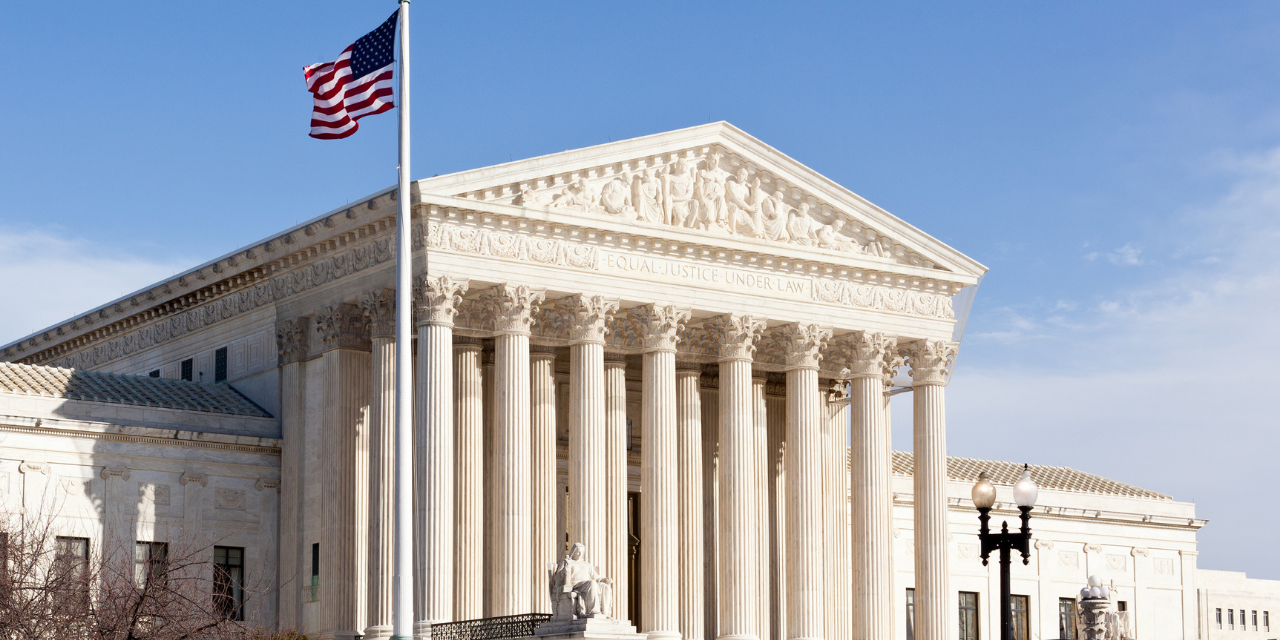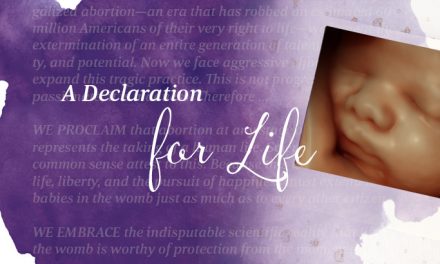On Monday, November 1, the justices of the U.S. Supreme Court heard arguments in two cases involving Texas’ Heartbeat Act, aka S.B. 8, which prohibits abortions once a fetal heartbeat can be detected. In the first, brought by abortion sellers in Texas, and in the second, brought by the U.S. Department of Justice, the justices wrestled with the question of whether federal courts can step in before any abortionist is sued for violating the law, and block the law’s effectiveness before a court’s final determination that it is unconstitutional.
The uniquely designed Texas law empowers private citizens, not state officials, to enforce the law. That feature throws a monkey wrench into the typical pro-abortion lawsuit brought to annul a pro-life piece of state legislation. Ordinarily, federal courts issue injunctions against state officials, ordering them not to enforce the law while the underlying constitutional lawsuit progresses. In legal jargon, that’s called “pre-enforcement relief.”
With no Texas official empowered to enforce the heartbeat law, however, and no identifiable private citizens yet who might bring lawsuits to enforce the law, the federal courts are struggling to finding a proxy who can be enjoined.
The two Texas cases are unique in other ways as well.
First, the justices agreed to hear these cases with lighting speed, accepting the cases just 10 days ago, and ordered all parties and interested third parties to submit their written briefs by the end of last week.
Second, both cases are still being litigated in the lower courts, including a federal district court in Austin, Texas, and at the 5th U.S. Circuit Court of Appeals in New Orleans. The request to the justices to accept the cases despite their ongoing status in the lower courts and the order granting that request is rare. The very nature of the case – abortion – plus the significant impact on abortions being performed in Texas because of the Heartbeat Act undoubtedly played roles in the justices’ decision to hear the cases on an expedited basis.
Third, the justices previously denied – on September 1 – a request from the abortion sellers in the first case for an emergency injunction blocking the law. That vote was 5-4. The fact that the court would so soon afterwards agree to take up the case and ask for briefs and oral arguments is itself unusual. It might signal that one of the justices in the majority in the September order has indicated some sympathy for the arguments being made by the abortion sellers and the DOJ – at least with regard to the availability of pre-enforcement relief.
And that potential switch may be coming from Justice Brett Kavanaugh, whose questions during oral argument appeared to indicate openness toward allowing some type of federal court injunction to be granted against the Texas law’s enforcement. He appeared to take seriously the arguments from the abortion sellers and the U.S. Solicitor General that if a state could successfully impede the federal courts from addressing violations of constitutional rights with injunctions, other states might impose restrictions on gun ownership, free speech or the free exercise of religion in a similar manner.
“This is a unique law, created because the state has delegated enforcement and has taken away the normal executive officials who would enforce and has weaponized the state court system into a tool that can be used to abrogate constitutional rights,” Hearron told Kavanaugh in response to a question. “So, this is a unique situation. I think the real danger is, if this Court does not allow this suit, then that will provide a roadmap for other states to abrogate other rights that have been recognized by this Court.”
However, it is notoriously difficult to predict a justice’s position based on his questions to the advocates. Adding further confusion to the process of predicting what the court will do, 10 days ago when the court agreed to hear these cases, a request by the DOJ to block the Texas law temporarily was denied. That means that at a minimum, five justices – perhaps the same five who denied the emergency request of the abortion sellers in the other case for pre-enforcement relief on September 1 – were still on the same page with regard to blocking the Texas law just 10 days ago.
It may be that the high court, feeling the political heat about the number of emergency orders it has issued in the last year without hearings as part of its so-called shadow docket, agreed to hear the Texas cases on an expedited basis to allay the concerns of its critics.
During the argument, many of the justices focused their questions on the issue of “who” the federal courts could effectively target as the recipient of an injunction in these cases. Texas state judges? Court clerks? Unknown private citizens? The state attorney general? There were legal, constitutional and practical problems with all of those scenarios.
The Texas Solicitor General, Judd Stone, did an exceptional job of addressing the justices’ questions, explaining that abortionists were not being denied their constitutional rights by the Heartbeat Act; they simply had to raise them as defenses after being sued, not before.
“First, none of the individuals that Petitioners sued are appropriate defendants under well-established Article III and equitable principles,” Stone told the justices. “Second, Petitioners ask for an expansion of access to the federal courts that only Congress and not this Court may provide. Petitioners’ Article III and equitable problems begin with what they really want, an injunction against S.B. 8, the law itself.
“They can’t receive that because federal courts don’t issue injunctions against laws but against officials enforcing laws. No Texas executive official enforces S.B. 8 either, so no Texas executive official may be enjoined.”
But the other advocates, such as Mark Hearron representing the abortion sellers, and the newly appointed U.S. Solicitor General Elizabeth Prelogar, also represented their clients and positions well. They both emphasized that the Texas law “chilled” the constitutional rights of abortion sellers because it forced them to defend one or more lawsuits and risk possible adverse judgments before being able to assert those rights.
What’s next in these cases? Typically, after oral argument, opinions are written and polished over the course of several months before they are officially released to the public. The expedited nature of these cases, however, implies that the justices might move at a faster pace to decide the issues, perhaps issuing a decision in days or weeks rather than months.
For every day that the Texas Heartbeat Act remains in effect, Texas Right to Life estimates that as many as 100 babies per day are saved from abortion.
The cases are Whole Woman’s Health v. Jackson and United States v. Texas.
Photo from Shutterstock.






